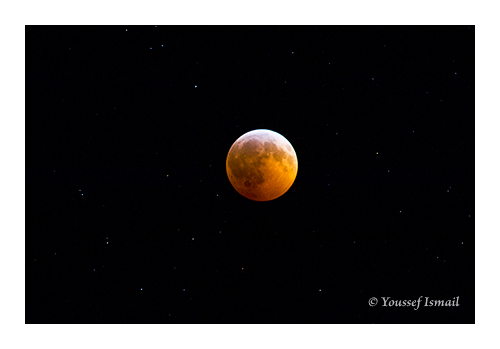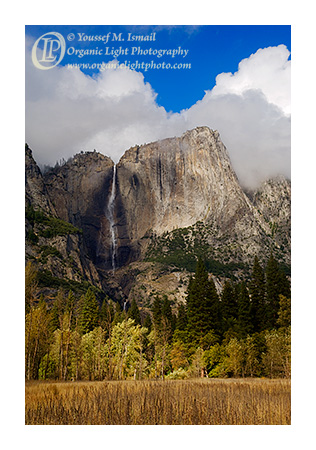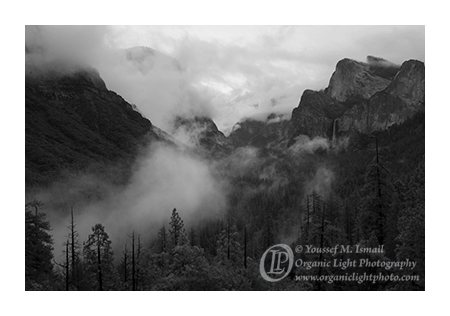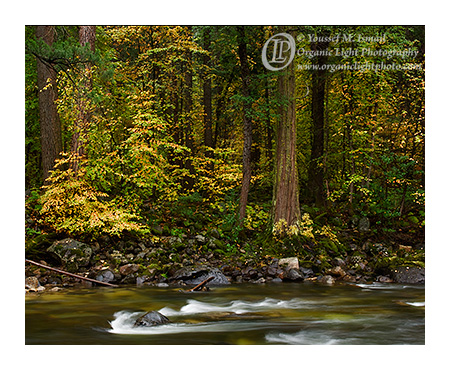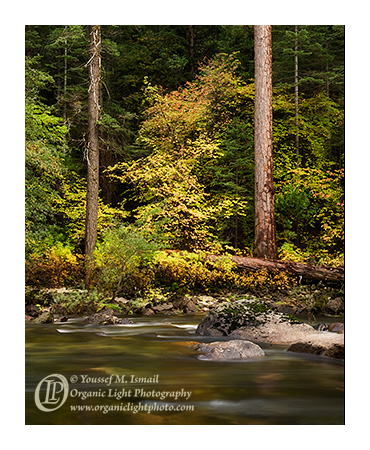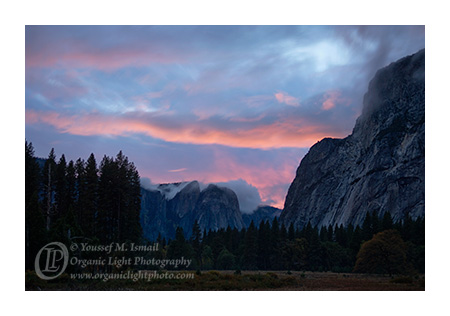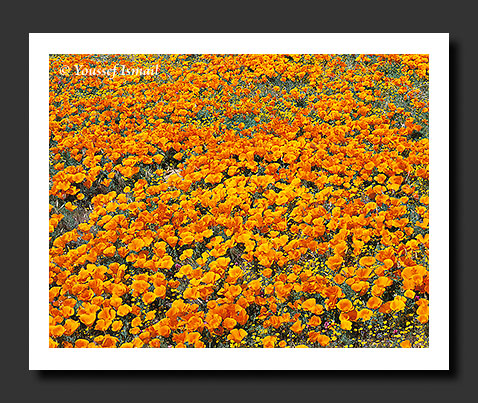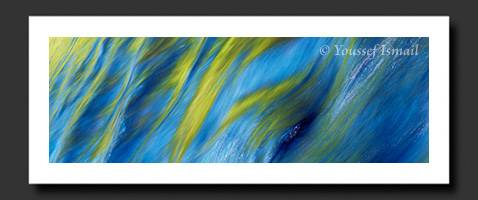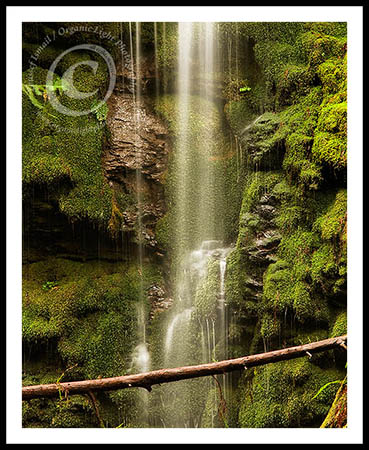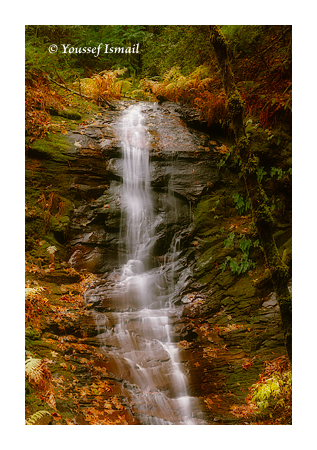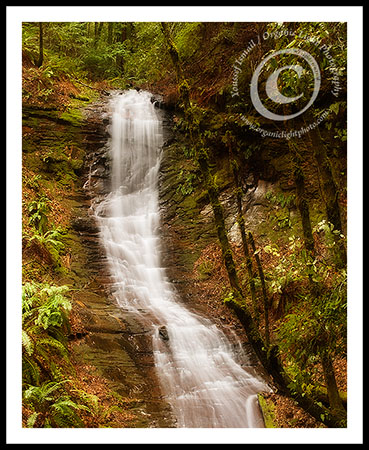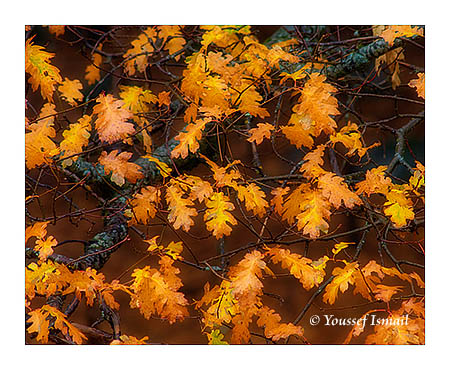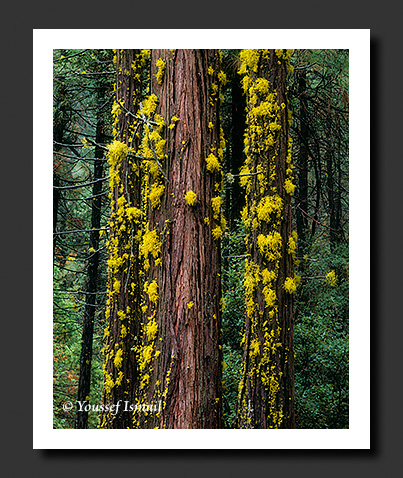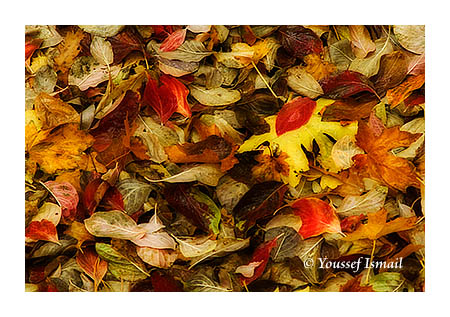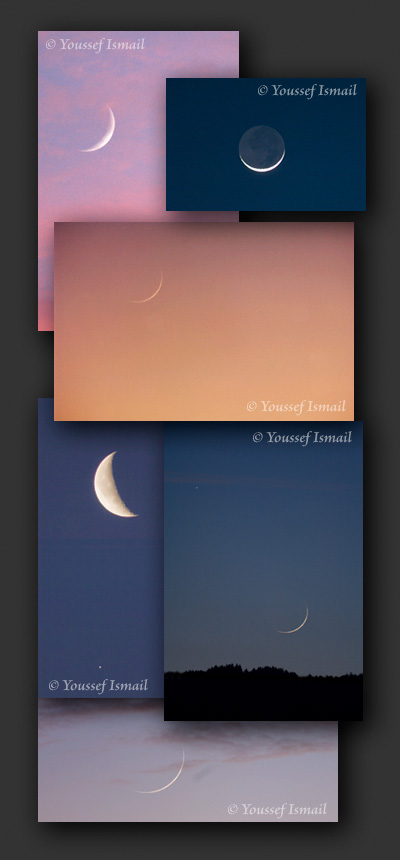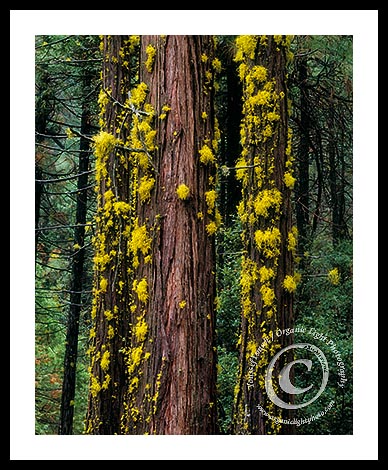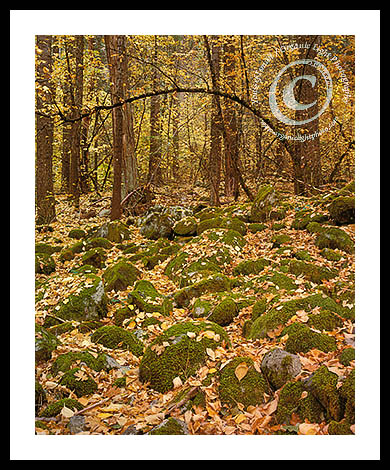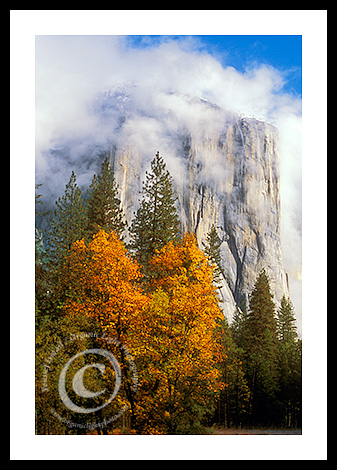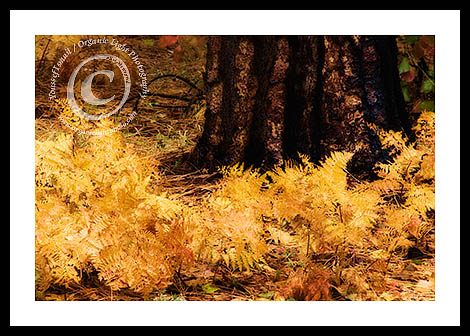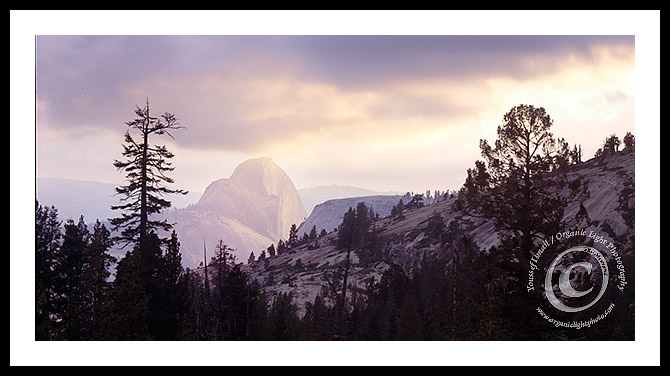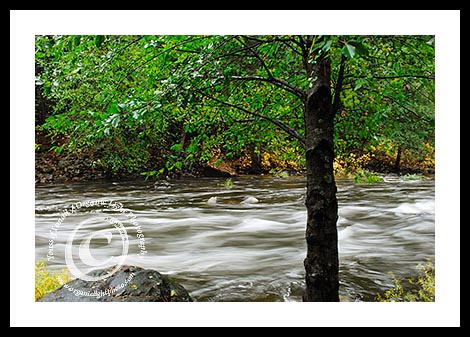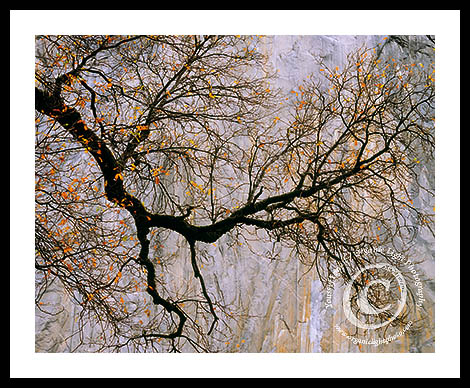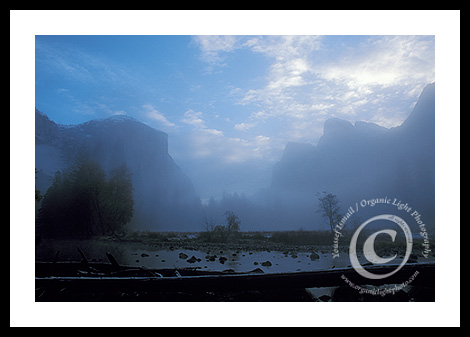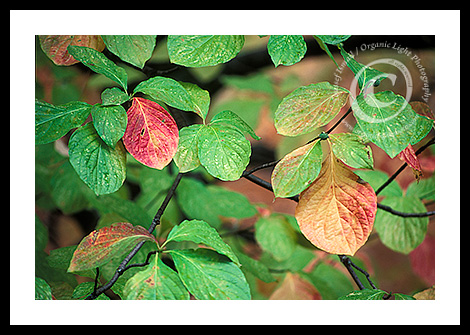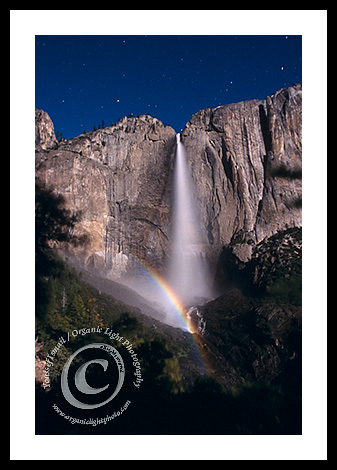“Whoever is not grateful for blessings is asking for them to vanish. Whoever is grateful for them ties them up with their own tether.” ~ Ibn ‘Ata illah
All to often life takes hold of us and runs us so ragged that we forget to appreciate our blessings. From our health to our homes to our friends each is such a blessing that words fail to adequately describe. I don’t know if we ever really understand or appreciate the significance of these blessings. I do know that I am guilty of forgetting and when confronted with the loss of a blessing, only then do I realize what a blessing it was.
The great spiritual Guide of the 13th century Ibn ‘Ata Illah in his famous Aphorisms said “Whoever is not grateful for blessings is asking for them to vanish. Whoever is grateful for them ties them up with their own tether.” 2009 was a hard year for most of us. We have seen much good fortune vanish. Businesses have disappeared, jobs lost, homes foreclosed on, people left homeless and in some cases worse. I need not remind anyone of all that as we are still in the midst of the fallout, and we probably would all like to forget all that and move on to better times.
The consensus among all those who have written commentaries on the Aphorisms of Ibn ‘Ata illah is that we show ingratitude for our blessings when we misuse them. Blessings are a gift from the Divine for us to use to bring us closer to the Divine, to recognize the Divine, to give thanks to the Divine and to show appreciation for what we have. I think we could all understand how we would feel if we graciously gave someone a gift who then scoffed at, ridiculed and disregarded that gift. We would be hurt, regretful for giving it and possibly wish that we could take it back. It is chilling to think that being heedless of the good things in our lives would result in those very things being snatched away from us, but it does happen.
To tether our blessings we must appreciate them. We must use them properly and care for them. I am sure, like me, we all have more blessings than we can enumerate or even realize. Nevertheless I want to reflect on two.
Photography is something that fell into my life that I never intended on. It was truly a gift as it has helped me realize how beautiful a world we live in, which is an amazing blessing in its own right. Every photo I make has significance to me and hopefully to others as well. One photograph that I made in the spring of 2003, ‘After The Rain’, has risen head and shoulders above all the rest.
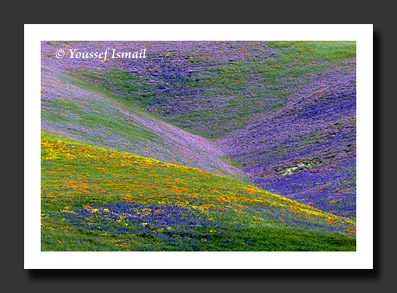
Photographed on the foundation of respecting another’s property while most were violating it, After The Rain, reached the 250th print sold late last month! Most photographers that I run into on the art show circuit that offer limited edition photography limit their editions at 250, at such high number it is assumed the edition will really never be discontinued. Reaching this number is a hallmark for me, a mark I never thought would occur but very grateful it was met and hopefully it will continue to meet new marks.
The caption that accompanies this photo eludes to showing gratitude for the rain – “As gentle rain falls from the sky it moistens the hard sun baked hills and the Earth drinks to its fill. Seeds, from a generation of grasses and flowers long gone, drink as well. And with that drink they start to come to life by the Mercy of the Merciful. In their gratitude for the Mercy of life they come out in blazing colors glorifying the One who sent them the Rain and the One who gave them Life. The Mercy of God, the Creator, follows the rain, as the Rain is God€™s Mercy. For without it, all life would cease. Be grateful for the rain, the flowers are.”
However, our gratitude needs to encompass much more than the rain and we need to appreciate every moment we have, the sweet ones as well as the bitter ones, for without the bitter moments, the sweet ones would not be as sweet. At that level, we would find all of our blessings well tethered.
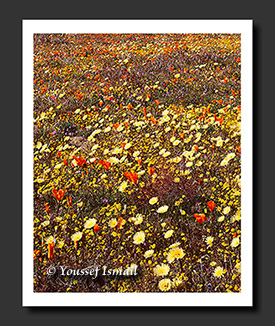
The second blessing that I want to reflect on is the patron. As an artist in business the patron is absolutely crucial. In fact whether the business is art or the manufacturing of microwave energy wave guides for communication satellites, the end customer who seeks your product is king and needs to treated as such. Even if you are an employee you still have a manager that comes to you for your contribution to the end product, a manager who must be pleased with your contribution, and then takes it and promotes it to the next level. Displease your pseudo-customer and you could find yourself …well let’s not go there.
I have always known that customer service and satisfaction is key in business and I have always done my best to treat my patrons well. And even though I was always grateful for a sale, a registration for instruction or any request for any of my many photographic services, I don’t think I was ever truly appreciative of their patronage until this past year. Patrons were definitely far and few in between in the economic desert of 2009. Much like the desert wildflower bloom of 2006, one of the meekest on record, as depicted in the photo ‘Desert Fare’ above, patrons were still there. That spring did not dazzle photographers nor the viewers of the photos captured, but we photographed it anyway. And like that, I still provided my services to those that still appeared from the barren economic wasteland we find ourselves in. However, now each patron was the most important patron I ever had, for without them my ability to exist as a photographer would be put in jeopardy.
So I think that is all I have to say right now. I know I lost some pretty heavy-duty blessings this past year and so I will definitely be tethering what I have left, you included – you are appreciated more than you know. And hey if you think Organic Light is anything of a blessing in your life…well, I’ll let you put 2 and 2 together about how to tether it.
Peace to you all, and a better 2010!
